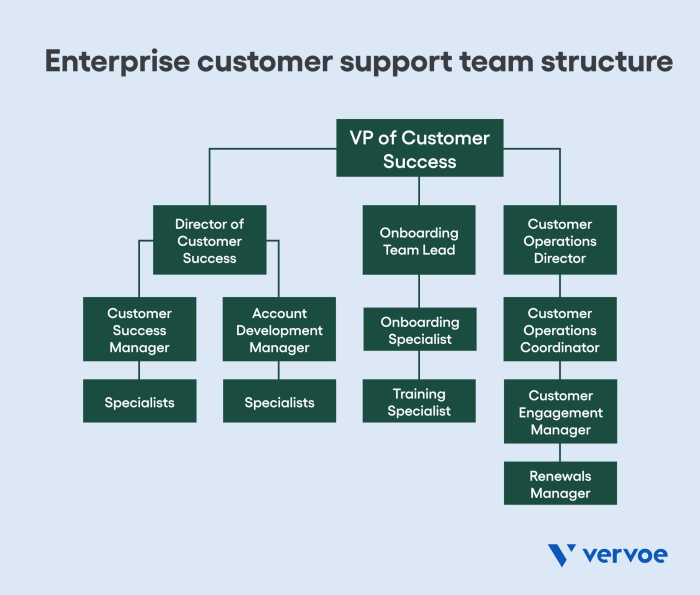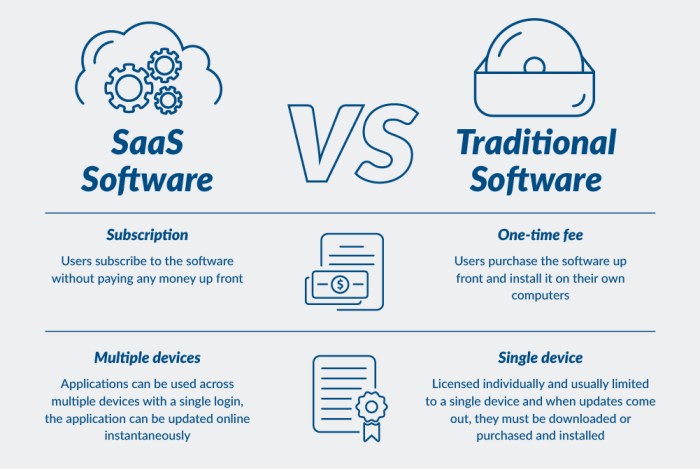An organization is migrating several saas applications that support sso – An organization’s migration of several SaaS applications that support SSO presents a multifaceted endeavor, encompassing meticulous planning, strategic implementation, and diligent monitoring. By embracing a comprehensive approach, organizations can effectively leverage the benefits of SSO while mitigating potential risks.
This guide delves into the key considerations, best practices, and potential pitfalls associated with such a migration, empowering organizations to navigate the process with confidence and achieve optimal outcomes.
1. SaaS Application Migration Plan: An Organization Is Migrating Several Saas Applications That Support Sso

Migrating SaaS applications to support single sign-on (SSO) offers several advantages, including improved security, reduced IT costs, and enhanced user experience. The migration process involves the following key steps:
- Assess the current SSO environment and identify the target applications.
- Develop a migration plan and timeline, including user training and communication.
- Configure the SSO solution and integrate it with the SaaS applications.
- Test the migration and monitor the performance of the SSO system.
2. SSO Implementation
Implementing SSO for SaaS applications provides numerous benefits, such as increased security, improved user convenience, and reduced IT overhead. The following SSO protocols are commonly used:
- SAML (Security Assertion Markup Language)
- OAuth 2.0 (Open Authorization)
- OpenID Connect
Each protocol has its own advantages and disadvantages, which should be considered when choosing the best solution for a particular organization.
3. Security Considerations
Migrating SaaS applications to support SSO introduces certain security risks, including identity theft, phishing attacks, and data breaches. The following security measures should be implemented to mitigate these risks:
- Strong authentication mechanisms
- Regular security audits
- Multi-factor authentication
- User awareness and training
4. Testing and Monitoring
Testing and monitoring are crucial for the success of a SaaS application migration project. The following testing procedures should be performed:
- Pre-migration testing
- Post-migration testing
- Performance testing
The following monitoring tools and techniques can be used to ensure the ongoing success of the migration:
- Log analysis
- Security monitoring tools
- User feedback
5. Communication and Training, An organization is migrating several saas applications that support sso
Effective communication and training are essential for the successful adoption of a new SSO system. The following communication and training strategies should be implemented:
- Communicate the migration plan and timeline to stakeholders.
- Provide training on the new SSO system to users.
- Create documentation and resources to support users after the migration.
Question Bank
What are the primary benefits of migrating SaaS applications to support SSO?
SSO streamlines user authentication, enhances security by eliminating the need for multiple passwords, and improves user experience by providing seamless access to multiple applications.
What are the key steps involved in the migration process?
The migration process typically involves planning, vendor selection, implementation, testing, and monitoring.
How can organizations mitigate security risks associated with SaaS application migrations?
Organizations can mitigate risks by conducting thorough risk assessments, implementing strong authentication mechanisms, and adhering to industry best practices for data security.


